The future of the real estate market cannot be precisely predicted. What we do know is that the next generation of buildings and assets will look different to those we see today. The enormous ecological footprint of our buildings has attracted an additional price-tag due to new financial regulations. Global trends in digitisation, e-mobility, healthy indoor environments along with new design factors are calling for new developments, adding pressure on existing assets which cannot cope with this transition and may end up as future "stranded assets". How can you foresee that your real estate investments will withstand the test of time and respond to ever-changing digital and environmental dynamics?
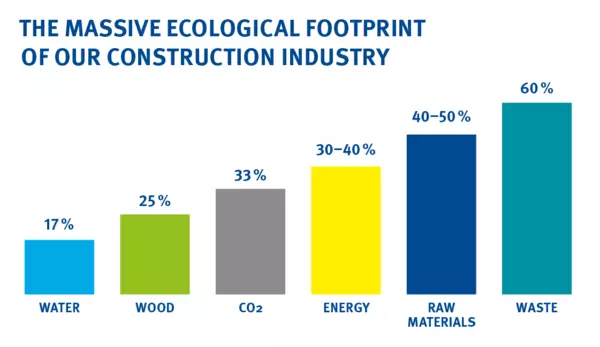
We have reached the tipping point...
Governmental regulations such as the World Green Building Council's net zero carbon targets by 2050, the industry’s impact on the climate, and many countries gradually moving towards a 100 % circular economy, have a bearing on the built environment.
Questions you grapple with before making an investment?
- Is the building really "smart"?
- How many electric vehicles (EV) charging poles can be installed?
- How will my asset or portfolio be affected by the upcoming sustainable finance regulations?
- Can the Green Building Certification be upgraded?
- What is the whole life carbon footprint of the building?
Technical Due Diligence Future-proof Check
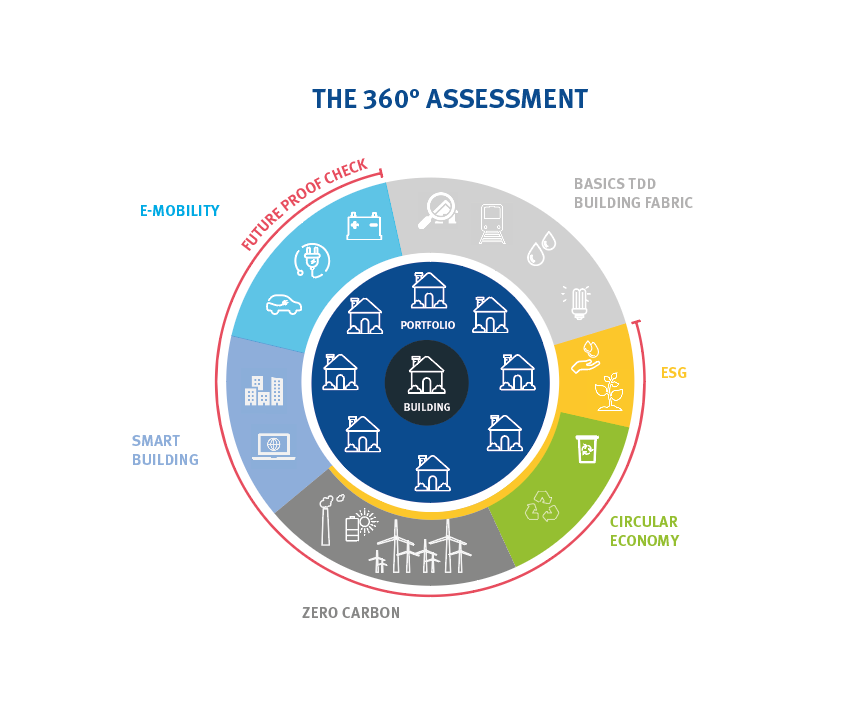
Having a future-proof and resilient asset is on the agenda of a conscious risk manager during real estate transactions. We support our clients in making the right decisions today for a sustainable tomorrow. This requires extending the due diligence perspective beyond "building fabric" to a 360 ° analysis. At Drees & Sommer, we conducted our first Technical Due Diligence (TDD) assessment 30 years ago, building a solid track record across Europe, Middle East, and Asia. Our experts draw upon the wealth of technical and real estate knowledge to assess complex projects and portfolios with strong technical and operational drivers. Within our interdisciplinary team, we have honed expertise to work on emerging real estate future trends in Smart Buildings, Electric Mobility, Circular Economy, Zero Carbon and Environmental, Social and Governance. We have launched five new modules to help you make the highest return on your investment.
We embrace a holistic and sustainable approach to future-proof our projects. All the services provided by us take into consideration both economic and ecological concerns. We call this #theblueway.
MODULE 1: Digital Ready Check
Is Your Building Really 'Smart'?
While smart buildings are a current buzzword in the real estate sector, the topic exposes investors to potential risks. Vendors may often claim that an asset is a smart building. Investors may find themselves grappling with questions: Is it really smart or just an ordinary building? If the building is not smart building ready, will it affect the future marketability? How much will it cost to make the building smart? Is the smart building concept watertight in terms of cyber security and data protection or will it make users susceptible?
OUR APPROACH
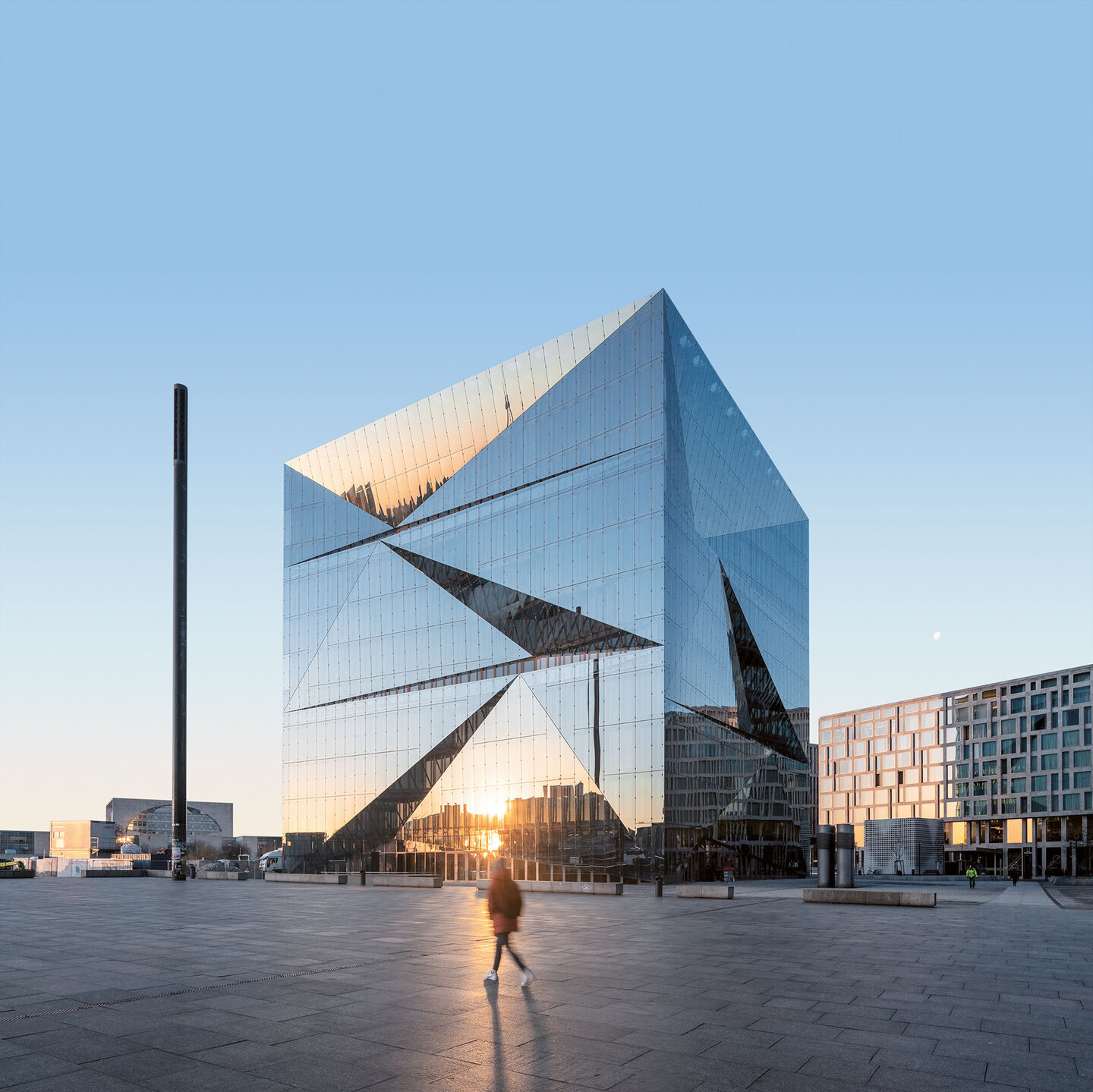 © Adam Mørk
© Adam Mørk
- Benchmark and furnish information about the level of 'smartness'
- Initial cost information
- Digital Ready Check ensures whether central infrastructure allows the conversion into a smart building
- Assessment on digitisation levels
- Cost estimation of potential upgrades
- Customised questionnaire answered by the operator/owner with information from the TDD site-visit
- Comparative analysis of an existing building with requirements of a smart one
- Recommendation on essential measures with capital expenditure estimation
YOUR ADDED VALUE
- Value for money
- Insight into future cost of upgrades
- Risk assessment of smart building related issues like cyber security, data protection
- Mitigation of these risks
MODULE 2: Electric Mobility
Electric mobility is a must-have technology for developing a clean and efficient transport system. With rapid urbanisation and emergence of megacities, electric mobility provides a high level of agility and cleaner emission trail. Though in its nascent stage, e-mobility has been identified as the future mode of transport and as a building block of sustainable mobility. Therefore, the digital infrastructures of tomorrow need to be prepared to provide for these battery-operated transport systems. At Drees & Sommer, we not only support our clients in identifying such modernisation requirements but also turn new opportunities based on trends into solid asset value.
OUR APPROACH
- Assessment of available capacities and charging infrastructures on site
- Off-site capacities evaluation with public utility provider
- Charging facilities calculation within existing plant
- Analysis of extension possibilities of existing plant
- Evaluation of smart charging management solutions
- Analysis of extension possibilities with additional transformers
- Cost evaluation of upgrade measures
YOUR ADDED VALUE
- Capital expenditure for e-mobility
- Starting point of an EV charging concept
MODULE 3: Long-term & Circular Investment through C2C
The construction industry consumes around 40 – 50% of raw-materials and at the same time is responsible for 60% of the total waste production. Not only does it have an ecological impact – it has additional cost implications, too. Circular economy is the key solution to mitigate this as it turns buildings into material banks. This means that an investment in Cradle to Cradle® (C2C) asset is an additional investment in raw materials which over the past decades have seen a constant increase.

Our C2C buildings are designed according to the circular economy principles and can be disassembled at the end of the lifetime and the materials can be sold or reused – it will have a residual value which equals the raw-material value of the building. The asset will maintain this value which further helps to decouple financial risks from the “market value” of the asset. This residual material value can reach up to 30% of the total investment and starts to be recognised by funding partners at the initial investment. Most existing buildings contain resources which can be harvested by urban mining approaches, saving costs on demolition and delivering materials for new construction. For renovation projects, this can be a game changer!
OUR APPROACH
- Assessment of material reuse potential of each component
- Assessment of material recycling potential of each component
- Calculation of the amount (by weight) of reusable and recyclable materials and resulting waste-reduction for each component
- Estimation of the value and cost saving potential through reuse and recycling
- Overview of subsidies, tax benefits and compliance with sustainable finance
- Assess the contribution of circular economy measures to Green Building Certification systems (e.g. for BREEAM)
- Assessment of material reuse potential of each component
- Assessment of material recycling potential of each component
- Calculation of the amount (by weight) of reusable and recyclable materials and resulting waste-reduction for each component
- Estimation of the value and cost saving potential through reuse and recycling
- Overview of subsidies, tax benefits and compliance with sustainable finance
- Assess the contribution of circular economy measures to Green Building Certification Systems (e.g. for BREEAM)
YOUR ADDED VALUE
- Heads up on future reselling prospects
- Improved Green Building Certification (BREEAM)
- Risk Assessment regarding Materials (Pollutants and Recyclability)
MODULE 4: Zero Carbon
The World Green Building Council is supporting market transformation towards 100% net zero carbon buildings by 2050. The market has started to move towards greater carbon cuts with countries setting zero carbon targets followed by investors pledging carbon neutrality. Zero carbon strategies need to be applied to the existing building portfolio and must become a key target for new developments. Very often, only the obvious operational carbon is measured which covers only one side since 40 – 50% of carbon emissions are embodied in the materials used for building construction.
OUR APPROACH
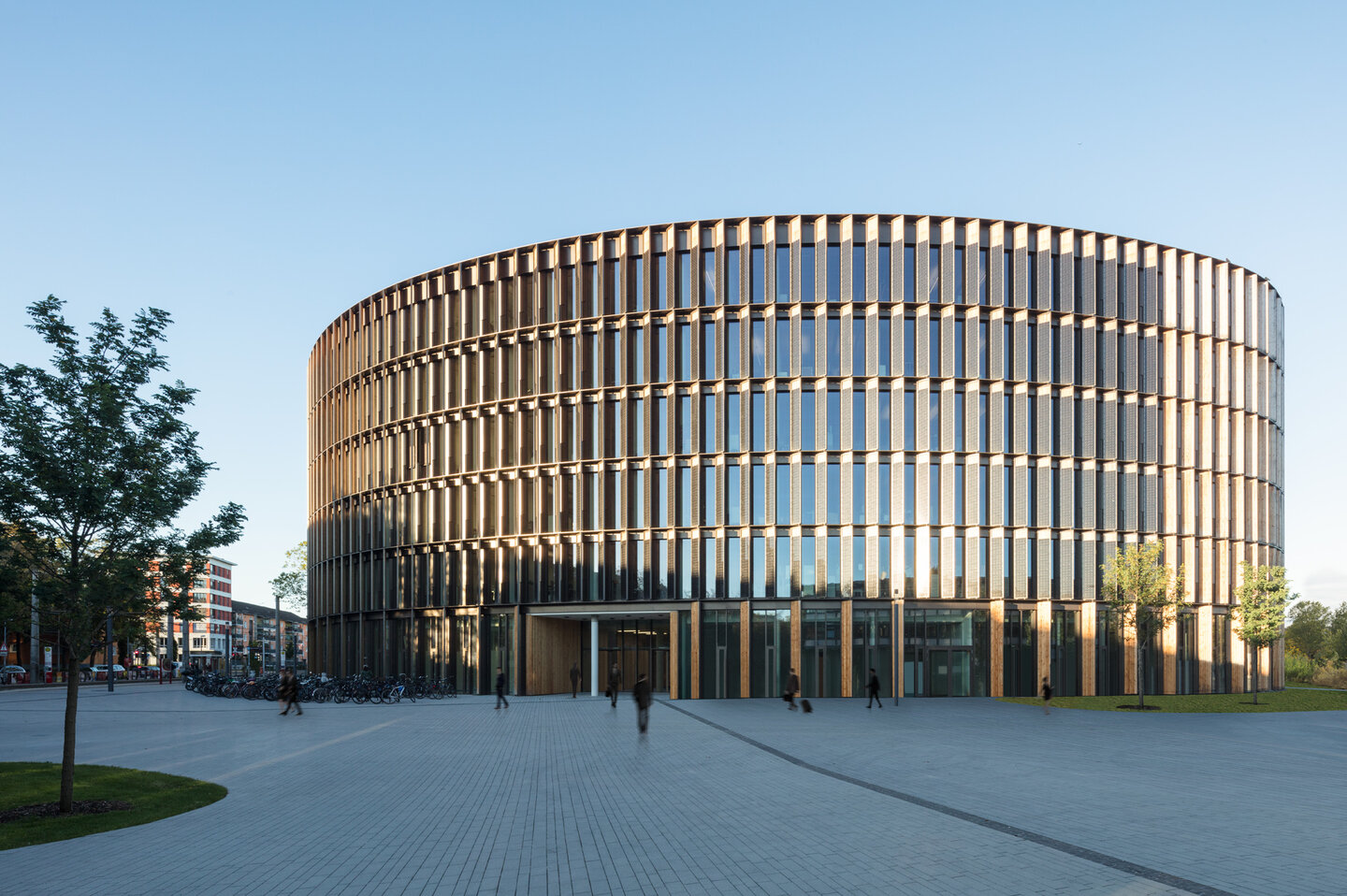 © HGEsch
© HGEsch
- Initial Definition of a roadmap towards Zero Carbon
- Comparison of existing asset performance with benchmark values
- For projects in design phase, estimation of embodied carbon
- Proposal of potential carbon reduction options
- Proposal of carbon off-set options (buying certificates, invest in renewables etc.)
YOUR ADDED VALUE
- Initial capital expenditure for zero carbon targets
- Benchmark to compare with the rest of the market
- Asset evaluation to check suitability with the company's corporate strategy
MODULE 5: ESG Check
Environmental, Social and Governance Check (ESG) refers to the three central factors in measuring the sustainability and social impact of an investment in a company or business. Most investors have corporate ESG strategies in place which should be applied to the core business and the asset portfolio. This means that during an asset transaction, ESG criteria can be used to check whether the investment fits to the corporate ESG approach. In this context, sustainability approaches following Green Building Certification schemes (e. g. BREEAM, LEED, DGNB, WELL, HQE) can also be identified through pre-assessments to find out whether a building can receive the right certifications or which upgrades and costs would be necessary.
OUR APPROACH
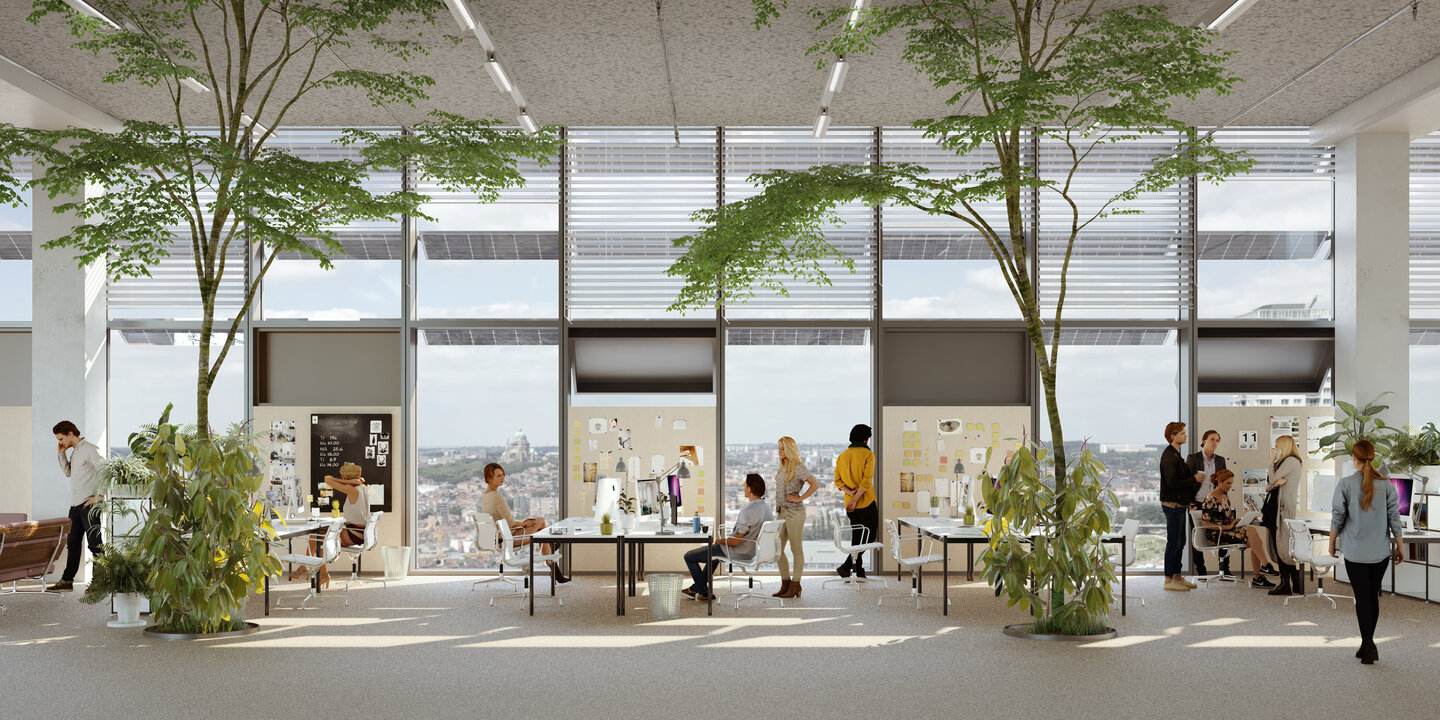
- Initial ESG requirements checks either provided by clients or based on our proposal
- Strategy workshop on ESG, and sustainable finance to define an individual framework
- Assessment of the existing property or design based on ESG requirements and the framework
YOUR ADDED VALUE
- Independent evaluation regarding ESG requirements
- Information whether the asset is sustainable finance ready
- Pre-assessment of Green Building Certifications
- Roadmap with necessary upgrades and cost to achieve the desired level